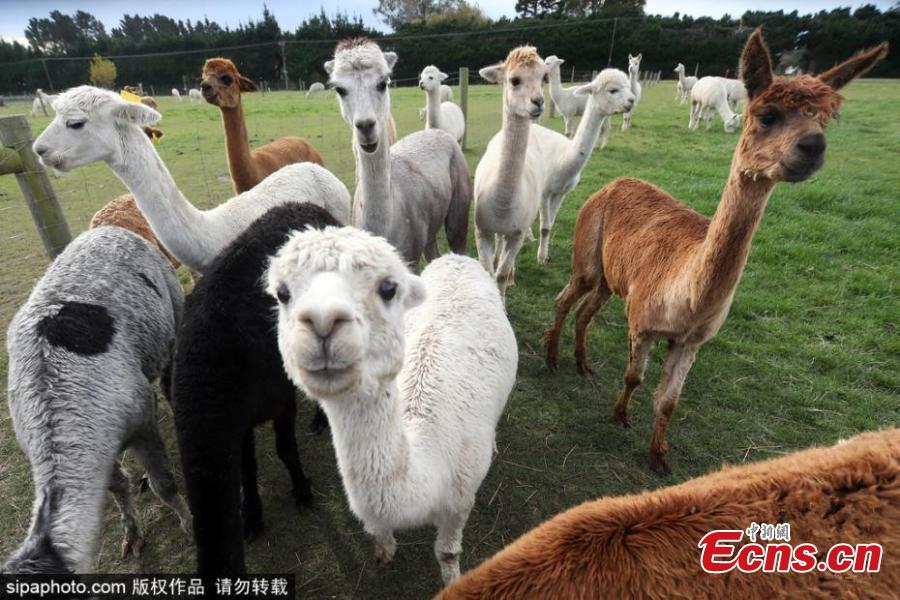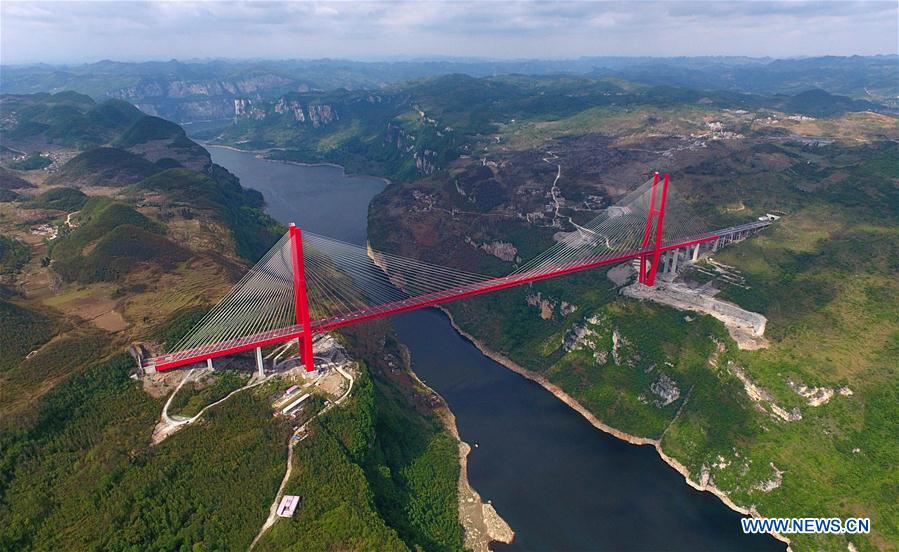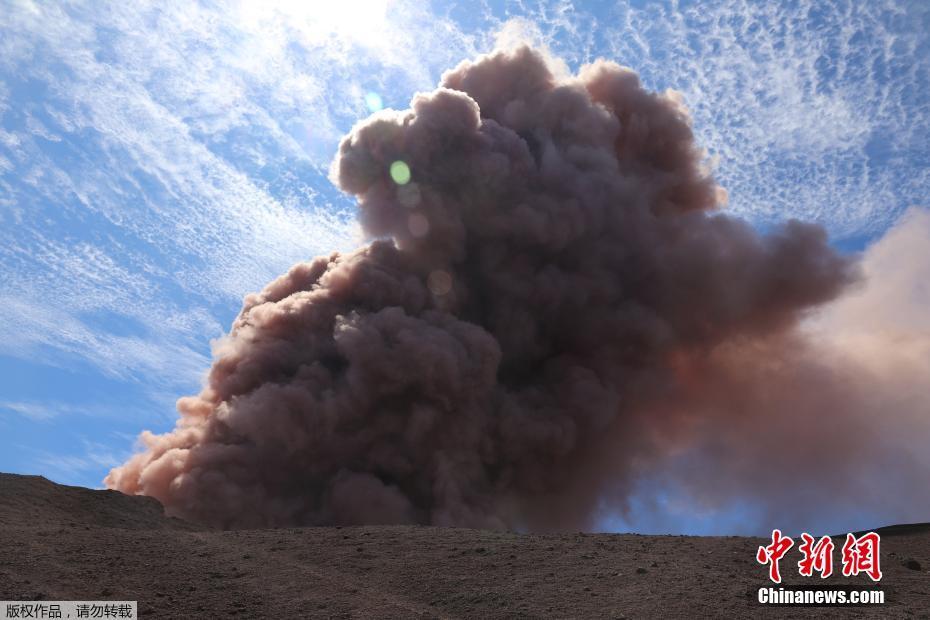China and other countries are working on cross-border environmental protection along the Belt and Road region.[Special coverage]
In the Gaoligong Mountains on the China-Myanmar border, a variety of rare species thrive. China has built national and provincial nature reserves there, while Myanmar has two of its own.
The area is prone to forest fires, logging and poaching, particularly in the Nujiang, Baoshan and Dehong areas in Yunnan Province. Such incidents pose threats to both countries, making cross-border environmental protection vital.
In 2015, China and Myanmar established a research lab on biodiversity, to conduct a variety of projects such as field surveys and training. Both sides work together against illegal activities in the region.
"We often meet colleagues from Myanmar," said Li Zhengbo, deputy head of the Baoshan management bureau of the Gaoligong Mountains National Nature Reserve. Foresters on both sides have reached agreements on putting out forest fires, investigating criminal cases, and building environmental protection awareness.
From 2010 to 2015, Yunnan apprehended 130,000 suspects in regard to forest and wildlife crime in the region, many with the assistance of Myanmar.
As the Belt and Road increases pace, more joint eco-efforts are underway. Research projects on environmental protection have begun between China and Pakistan on the riverflow, landscape and geological disasters.
"We will try to find mechanisms to decrease risks and improve regional cooperation," said an expert with the Chinese Academy of Sciences.
"The China-Pakistan Economic Corridor is an important part of the Belt and Road Initiative, and research on environmental protection will definitely play an important part in the construction of the Silk Road Economic Belt and the corridor," said Lei Jiaqiang, director of the Xinjiang Institute of Ecology and Geography under the Chinese Academy of Sciences.


















































